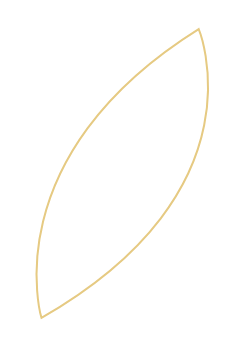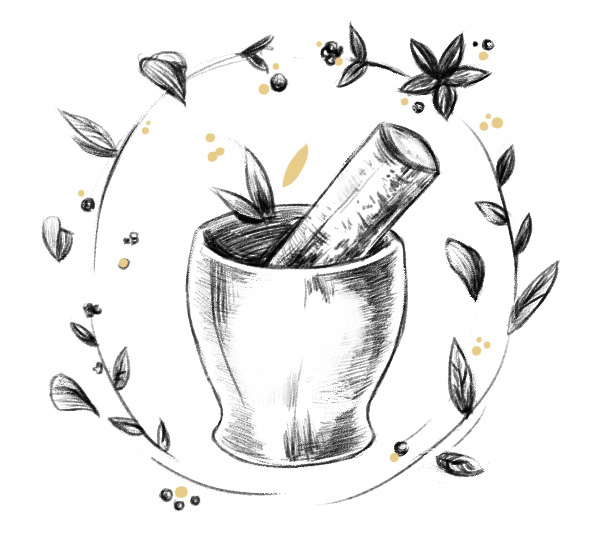Acupuncture
The Yellow Emperor’s Canon of Internal Medicine is based on a systematic interpretation of Chinese Medicine. It was developed over almost 500 years and was finished in the 1st century AD. The Yellow Emperor (Huang Di) was a legendary Chinese monarch who ruled 4,500 years ago. The Emperor is credited with various inventions and discoveries, such as: writing, the compass, the pottery wheel, the calendar, astronomy, mathematics and medicine.
Traditional Chinese Medicine encompasses a whole range of different treatments, practices and therapies that have been developed over the ages. The system includes acupuncture, acupressure, massage (Gua sha) and herbal medicine.
At its source, Chinese Medicine is based on an intelligent adaptation of the human’s energy system. According to Chinese science, the human body consists of meridians called Jing Luo (Jing stands for channels and Luo for system) and Qi – the vital force – flows through the meridians. When Qi flows harmoniously the human body stays in good health, but when the flow is stagnated or impeded, the body becomes sick. But this is not all.
In the Canon of Medicine it says that Meridians constitute the basis not only of life and death decisions and not only the treatment of a disease. They are also the basis for levelling emptiness and fullness and reattaining balance. Thus, a mastery of the knowledge of meridians is very important.
Qi can be regulated in many ways. One of them is the stimulation of meridian pathways with needle puncturing.
Sources other than legends show that acupuncture originates from Shandong province in China, where Biǎn Què, a well-known doctor and clairvoyant, was born. He was one of the first teachers of the Yellow Emperor and he was the one that shared with the monarch the knowledge of acupuncture that is written down in the Canon of Internal Medicine. The traditional ancient drawings present Bian Que, the first acupuncturist, as a bird with human arms holding a needle in his hand. The knowledge of acupuncture was passed on to him during a moment of clairvoyance.
Acupuncture and science
The initial anatomic tests / studies of acupuncture points did not reveal any extraordinary structures in the area of these points, however, along with the development of imaging methods applied by western medicine, the approach towards acupuncture has changed and it ceased to be looked at as if it were a placebo.
Magnetic Resonance Imaging, a method that is very common nowadays, allowed for unequivocal confirmation of acupuncture points. It was proven that these points are clearly different than the adjoining tissues. It turned out that their microvascular density is much higher. Such microvascular structures have not been found in any other areas, except from the acupuncture points.







